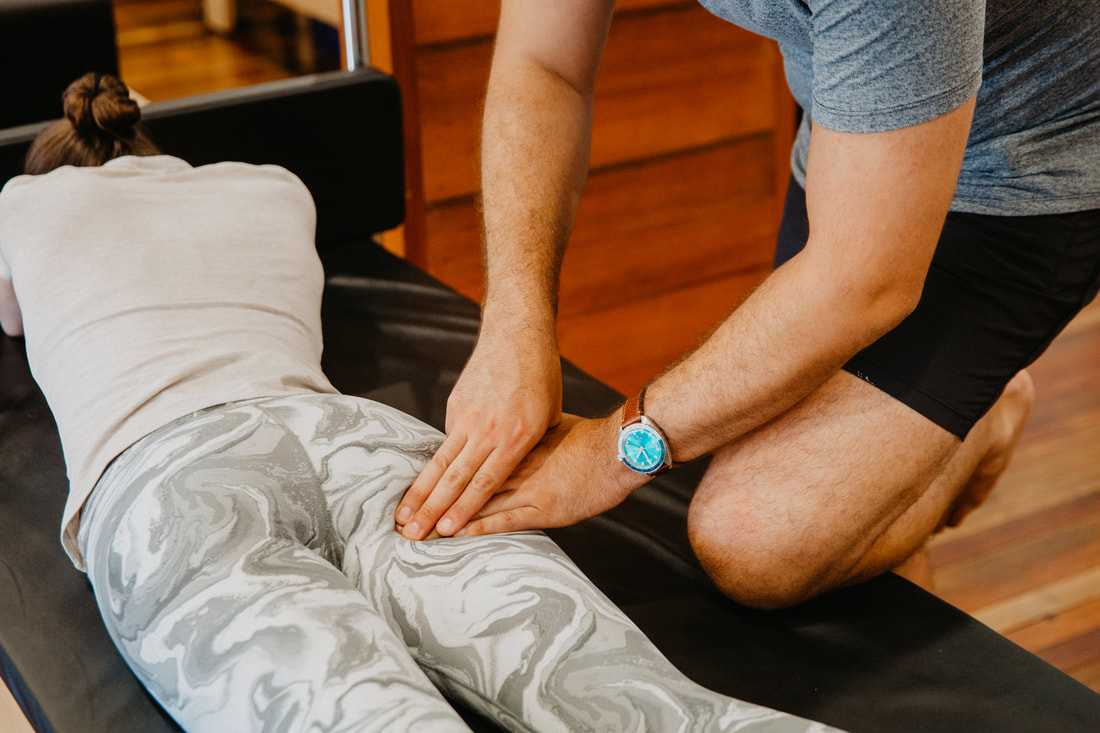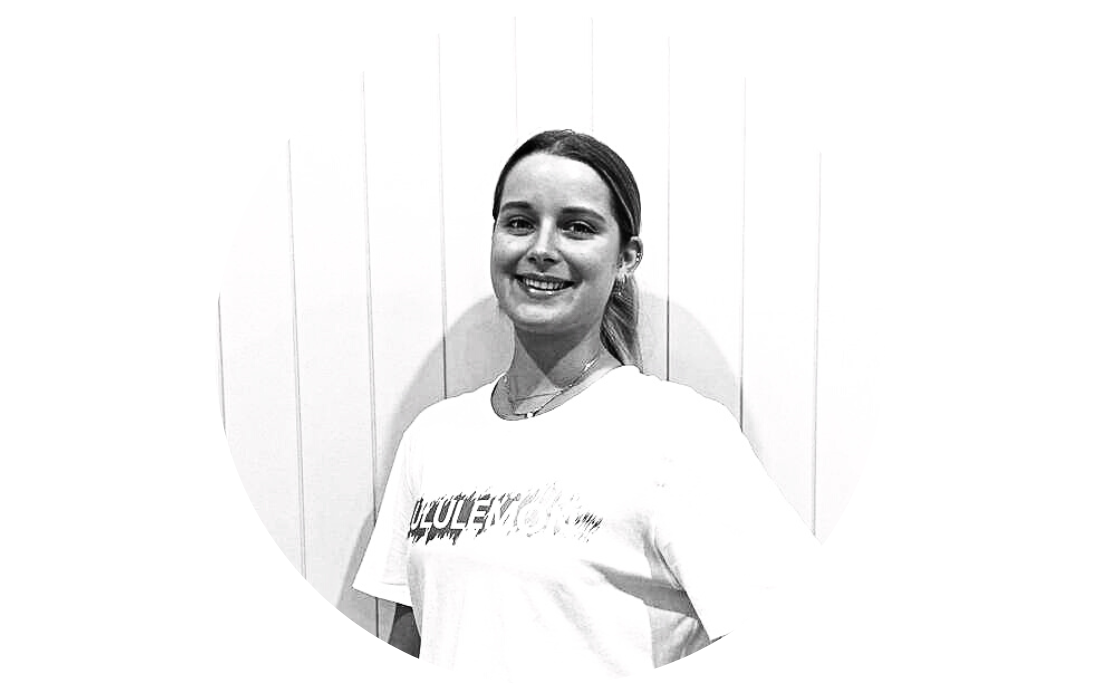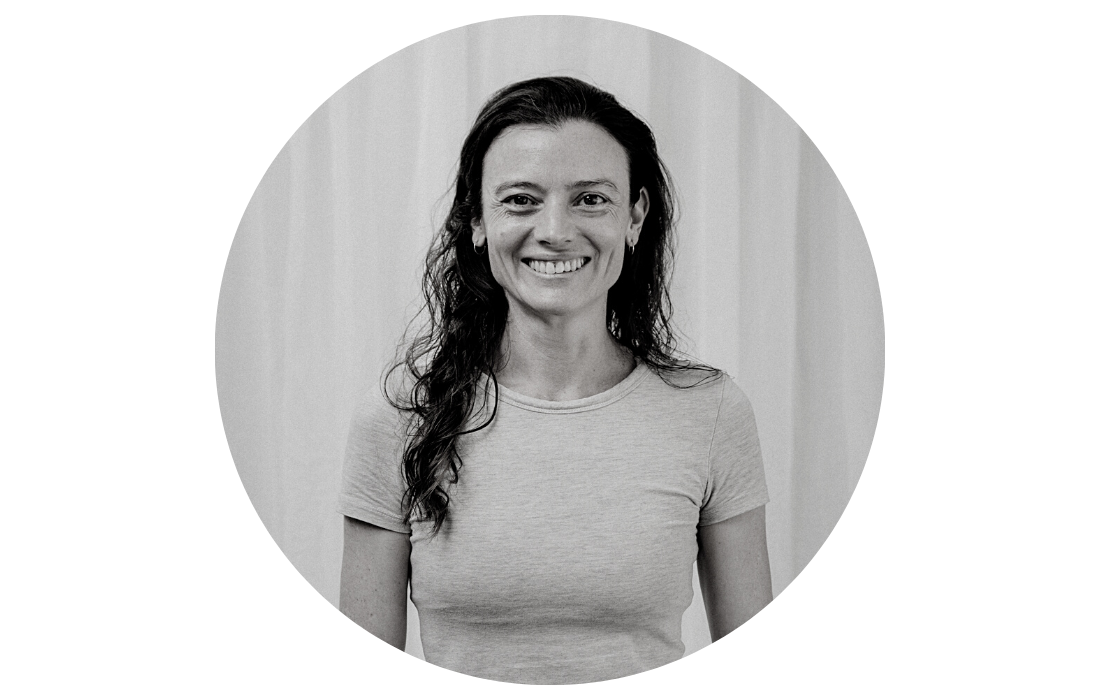Sports injury physiotherapy for long jumpers.
Long Jump and the Role of a Specialised Physiotherapist
Long jump is an athletics event that combines speed, agility, and explosive power. Athletes sprint down a runway and leap as far as possible into a sandpit. This discipline demands not only excellent lower body strength for the jump itself but also significant speed in the approach run and advanced coordination for the take off.
Key Aspects of Long Jump:
The Importance of a Physiotherapist Specialized in Long Jump:
What Are Common Injuries Among Long Jumpers?
Long jump, a sport that combines sprinting with a single explosive jump, often leads to specific types of injuries:
How Can Long Jumpers Prevent These Injuries?
Injury prevention is key for long jumpers:
What Physiotherapy Treatments Are Effective for Long Jump Injuries?
Physiotherapy is vital in treating and managing injuries in long jump:
When Should a Long Jumper Consult a Physiotherapist?
Professional guidance is recommended in several scenarios:
How Can Physiotherapy Help in Long-Term Injury Prevention for Long Jumpers?
Long-term injury prevention is essential:
What Recovery Strategies Should Long Jumpers Employ?
Effective recovery strategies are crucial for long jumpers:
If you have been injured during long jump, there are many things that our Tarragindi physiotherapists can do to help get you back to being sport ready and active again so come in and speak to our friendly physiotherapists today! Feel free to give our Tarragindi Physiotherapy clinic a call on 07 3706 3407 or email [email protected]
Long jump is an athletics event that combines speed, agility, and explosive power. Athletes sprint down a runway and leap as far as possible into a sandpit. This discipline demands not only excellent lower body strength for the jump itself but also significant speed in the approach run and advanced coordination for the take off.
Key Aspects of Long Jump:
- Speed and Explosiveness: The approach run and takeoff require sprinting speed and explosive power.
- Technical Skill: Effective technique in the takeoff and flight phases is crucial for maximizing jump distance and minimizing injury risk.
- Impact Forces: The landing phase, where athletes absorb significant impact, can place stress on the ankles, knees, and lower back.
The Importance of a Physiotherapist Specialized in Long Jump:
- Injury Prevention and Rehabilitation: A physiotherapist with expertise in long jump can provide targeted injury prevention strategies and effective rehabilitation plans, tailored to the specific biomechanics of the sport.
- Performance Optimization: Understanding the mechanics of the long jump, a physiotherapist can assist athletes in improving their jumping technique, speed, and power, which are essential for performance.
- Recovery and Conditioning Advice: Specialized physiotherapists can offer guidance on conditioning exercises and recovery techniques appropriate for long jumpers, crucial for maintaining fitness and preventing injuries.
What Are Common Injuries Among Long Jumpers?
Long jump, a sport that combines sprinting with a single explosive jump, often leads to specific types of injuries:
- Hamstring Strains: Due to the explosive sprinting and jumping phases.
- Ankle Sprains: From the impact of landing and the force exerted during the takeoff.
- Knee Injuries: Including patellar tendinitis, resulting from repetitive stress on the knee joint.
- Lower Back Pain: Caused by the arching motion during the jump and the impact of landing.
- Groin Strains: Due to the wide-leg split position during the flight phase of the jump.
How Can Long Jumpers Prevent These Injuries?
Injury prevention is key for long jumpers:
- Proper Technique: Ensuring correct form in both the run-up and jumping phases to minimize undue stress on the body.
- Strength and Conditioning Training: Focusing on lower body strength, core stability, and flexibility.
- Adequate Warm-Up and Cool-Down: To prepare muscles for the activity and aid in recovery.
- Jump and Landing Drills: To practice safe and effective jumping and landing techniques.
- Regular Rest and Recovery: Allowing time for the body to heal and prevent overuse injuries.
What Physiotherapy Treatments Are Effective for Long Jump Injuries?
Physiotherapy is vital in treating and managing injuries in long jump:
- Manual Therapy: Such as massage, stretching, and joint mobilizations to relieve pain and improve mobility.
- Tailored Exercise Rehabilitation: Specific exercises to strengthen and rehabilitate injured areas.
- Biomechanical Analysis: Assessing and correcting technique to prevent re-injury.
- Pain Management Techniques: Utilizing modalities like ice therapy, heat therapy, or ultrasound.
- Injury Prevention Education: Providing guidance on safe training practices and conditioning.
When Should a Long Jumper Consult a Physiotherapist?
Professional guidance is recommended in several scenarios:
- Post-Injury: For an accurate diagnosis and a comprehensive rehabilitation plan.
- Persistent Pain or Discomfort: Especially if it affects performance or training.
- Technique Enhancement: To improve jumping skills and minimize injury risk.
- Preventive Measures: Learning effective methods to reduce the risk of future injuries.
How Can Physiotherapy Help in Long-Term Injury Prevention for Long Jumpers?
Long-term injury prevention is essential:
- Personalized Exercise Programs: Focused on the specific needs of long jumpers, balancing strength, agility, and technique.
- Regular Assessments: To monitor progress and adjust training as needed.
- Technique Refinement: Ongoing work to improve jumping techniques and reduce injury risk.
- Nutritional and Lifestyle Advice: To support overall health and enhance athletic performance.
What Recovery Strategies Should Long Jumpers Employ?
Effective recovery strategies are crucial for long jumpers:
- Active Recovery: Light activities to promote circulation and muscle recovery.
- Nutrition and Hydration: Essential for muscle repair and maintaining energy levels.
- Adequate Sleep: Critical for physical and mental recovery.
- Stress Management: Utilizing relaxation techniques to maintain a healthy mental state.
If you have been injured during long jump, there are many things that our Tarragindi physiotherapists can do to help get you back to being sport ready and active again so come in and speak to our friendly physiotherapists today! Feel free to give our Tarragindi Physiotherapy clinic a call on 07 3706 3407 or email [email protected]
Who to book in with:
Zoe Harden
|
Monica Hanna
|
Emma Cameron
|



